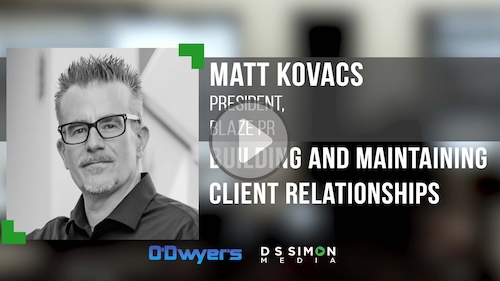 |
| Mikara Reid |
If the world had no sound, everything was muted and we only communicated with our non-verbal gestures, what message would your current image convey to others?
About 85 percent of communication, according to scientific research, is done non-verbally, through such things as hand gestures, facial expressions, body posture—and mainly your appearance.
Your appearance is the first “statement” or impression you make when you meet someone. What you wear greatly shapes that impression. What you put on can give others an idea of your social status, occupation, role, self-confidence, intelligence, conformity and individuality.
The right clothing can also boost your self-esteem and self-confidence. Knowing you look your best gives you an authentic sense of well-being and makes you feel good about yourself.
As an entrepreneur, your wardrobe and presentation must be part of your strategic plan. You can spend a lot of time and money designing your logo, social media layout, newsletter, camera gear and advertising but forget your own image. You are your business. What a potential client or colleague sees when they meet you will definitely affect the outcome of that encounter.
Allocate a portion of your time and money to strategically plan your personal/professional image; then find image professionals to help you build an image with an unshakable foundation.
Managing image development goals
How often do you grab someone’s attention just because of your striking image? A lot of people would say "meh, I’m getting by"—and do nothing to improve themselves. Creating and setting image development goals such as using the tool S.M.A.R.T. will help establish a quality image that suits you, your brand and way of life. Here is my version of the S.M.A.R.T. tool bbreakdown:
Specific: If your goals aren’t specific, then they are just wishful thinking. To avoid this type of thought, you first have to ask: What do I want to achieve with my image? Being specific will let you know what is going on from top to bottom.
Meaningful: Once you have specified your image goals, you must ask yourself: Why am I doing this? What is the importance of this change? Setting intentions will help you understand the importance and purpose of your image and lead you to take action to help you achieve it.
Attractiveness: You should always want your appearance to be aligned with your profession or persona. Make sure your image aligns with your values and long-term objectives so that it can attract the results you’ve been wanting.
Rewarding: Sure, your image affects others, but how rewarding is it internally for you? The idea of image is engrained in your psyche and self-fulfillment. You have to know what works for you and makes you feel great about yourself before anyone else can believe it.
Trackable: Many people think this is just an overnight process, but it takes work to strategize and create a personal system suitable for you. While you are making these adjustments to work toward your full potential, are you tracking your progress? Set goals with appropriate timelines based on your personal and professional schedule. Set short-term goals (3-6 months), medium-term goals (6-18 months) and long-term goals (anything beyond two years).
Outside of setting a timeline, answer the following questions: Will this goal fit into the professional and personal timeframe you had in mind before starting? Do your goals apply to where you are now, or do they reflect where you want to be in one, five, or ten years?
Managing your image is about more than outward appearances; it’s about being a better, happier, more effective person and drawing more opportunities as an individual. By trying out the S.M.A.R.T. tool, you can create your best image yet.
***
Mikara Reid, is the founder of image development consultanty MIIEN. Visit the company’s website (www.miien.co) or email [email protected].










 Have a comment? Send it to
Have a comment? Send it to 
No comments have been submitted for this story yet.